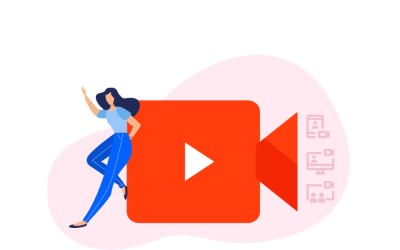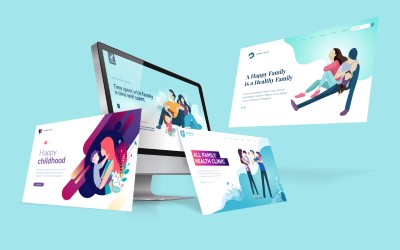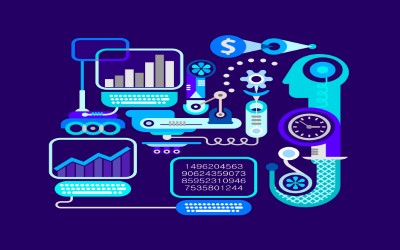Computer Training : Bit-mapped and Vector Images

There are two ways in which computer graphics can be generated on a computer: as vectors or as bitmaps. Bitmapped images consist of a series of tiny squares called pixels, while vector graphics are essentially instructions to a computer to create a series of geometrical shapes each with a given set of attributes. Bitmaps are typical continuous tone images such as photographs. Vectors are typical flat artwork designs such as logos, charts, symbols and illustrations.
Vector images can be generated in a number of programs. Firstly, there are the specialist graphics programs like AutoCad. Then there are general purpose drawing programs such as Adobe Illustrator and CorelDRAW. And, finally, there are any number of non-graphic programs which nevertheless inlude drawing tools. This last category would include all the various programs in Microsoft Office.
Since vector images are essential mathematical formulas, the quality of such images is not fixed but, rather, depends on the environment in which the image is created. If an image is displayed on the screen, it will be rendered at screen resolution; if it is printed on a high resolution printer, it will be printed at high resolution; and so on.
In contrast to vector images, bitmapped images are often acquired rather than created from scratch. Photos are typical loaded onto a computer via a digital camera or a scanner. As far as manipulating bitmapped images, the king of the arena is definitely Adobe Photoshop which is available in a few different flavours such as Photoshop Elements as well as the main program: Photoshop CS4. Other contenders are Corel PHOTO-PAINT and Paint Shop Pro.
Another key difference between the two types of image is that the quality of bitmapped images is determined when the image is acquired: when the photograph is taken or when the print is scanned. Although the quality of a bitmap can be reduced (a process known as downsampling), it is not possible to increase its resolution or quality.
As regards conversion from one image type to another, converting a vector image to a bitmap is far easier than attempting the reverse. The process of converting vectors to bitmaps is known as rasterization and is usually very successful and most software will allow you to specify the quality of the resulting bitmap. To convert a bitmap into a vector, you will normally trace the lines and filled areas of the bitmap. However, the resulting vector image is normally not very easy to manipulate.
So, which is easier to learn, drawing programs or bitmap editing programs? Well, we find that on our Adobe training courses, most delegates seem to find bit-mapped images easier to work with. This may simply be because of the fact that working with rich media is so visually appealing. For this reason we normally advice that delegates who plan to undergo Adobe Creative Suite training begin with a Photoshop course before tackling Adobe Illustrator.







